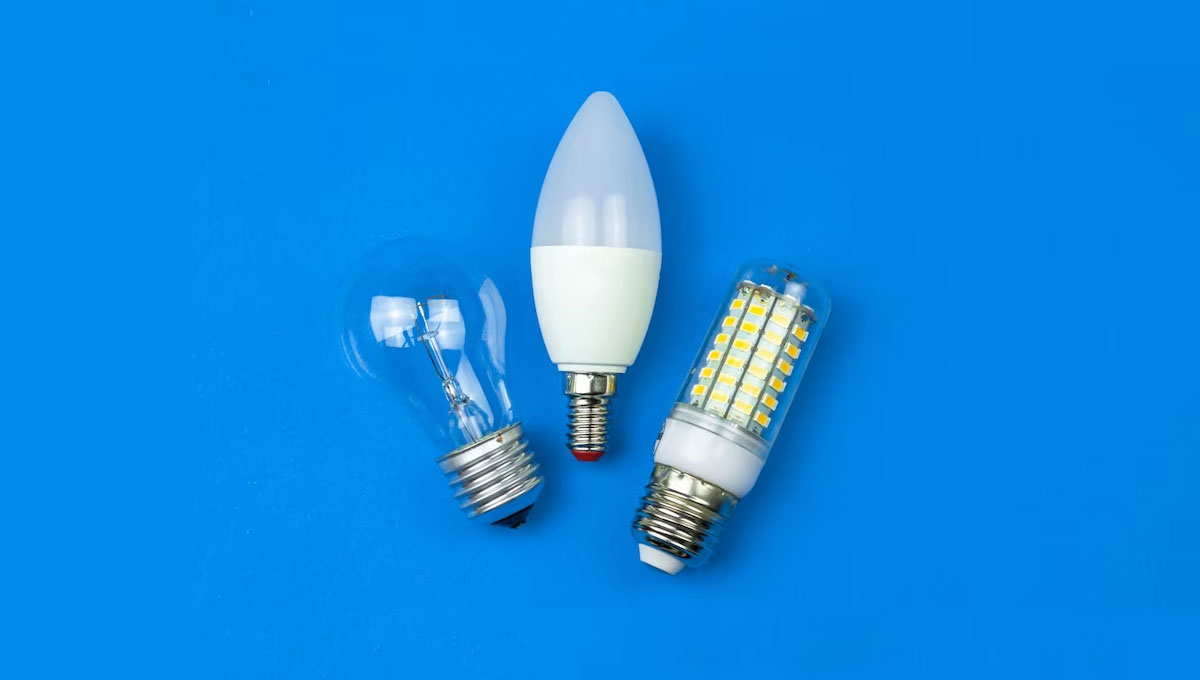we will explore what LED bulbs are, how they work
Introduction to LED bulbs
LED bulbs have become increasingly popular in recent years due to their efficiency and energy-saving benefits. In this article, we will explore what LED bulbs are, how they work, and the advantages they offer over traditional incandescent or CFL bulbs.
How LED bulbs work
LED stands for Light Emitting Diode, which is a small electronic device that emits light when an electric current passes through it. LED bulbs contain a microchip that illuminates tiny light sources called LEDs to produce visible light. Compared to traditional bulbs, LED bulbs produce less heat, making them more efficient and long-lasting.
Advantages of LED bulbs over traditional bulbs
LED bulbs have several advantages over traditional bulbs. They last longer and do not burn out easily like incandescent bulbs. Instead, they gradually dim over time, giving users a warning to replace the bulb. LED bulbs are also more energy-efficient, consuming less power to produce the same amount of light as traditional bulbs.
Using LED bulbs for lighting purposes
LED bulbs can easily be incorporated into lighting fixtures, and their small size allows for unique and innovative designs. If the fixtures in your home do not support LED bulbs, it may be worth replacing them to improve energy consumption and overall aesthetic appearance.
Importance of reduced heat generation in LED bulbs
LED bulbs generate less heat than traditional bulbs, and they usually come with heat sinks that absorb and dissipate the heat, preventing the bulb from getting overheated or burnt out. LED bulbs come with a range of heat sink designs and configurations to manage the level of heat generated and dissipated.
Differences between LED bulbs and traditional bulbs
LED bulbs are more energy-efficient and last longer than traditional bulbs. They also emit light in specific directions, making them more efficient at dispersing light in all directions. LED bulbs come in a range of colours, with the most common being amber, green, red, and blue.
Colours and applications of LED bulbs
LED bulbs come in a range of colours, with the most common being amber, green, red, and blue. A phosphor material present inside the bulb helps produce the white light generated by these bulbs. Coloured LED bulbs are commonly used as indicators or signal lights, such as the power button on a computer.
In summary, LED bulbs are a highly efficient and long-lasting lighting solution that offers numerous benefits over traditional incandescent or CFL bulbs. With their unique designs and energy-saving benefits, LED bulbs are a great choice for anyone looking to improve the lighting in their home or office.



Hi, this is a comment.
To get started with moderating, editing, and deleting comments, please visit the Comments screen in the dashboard.
Commenter avatars come from Gravatar.